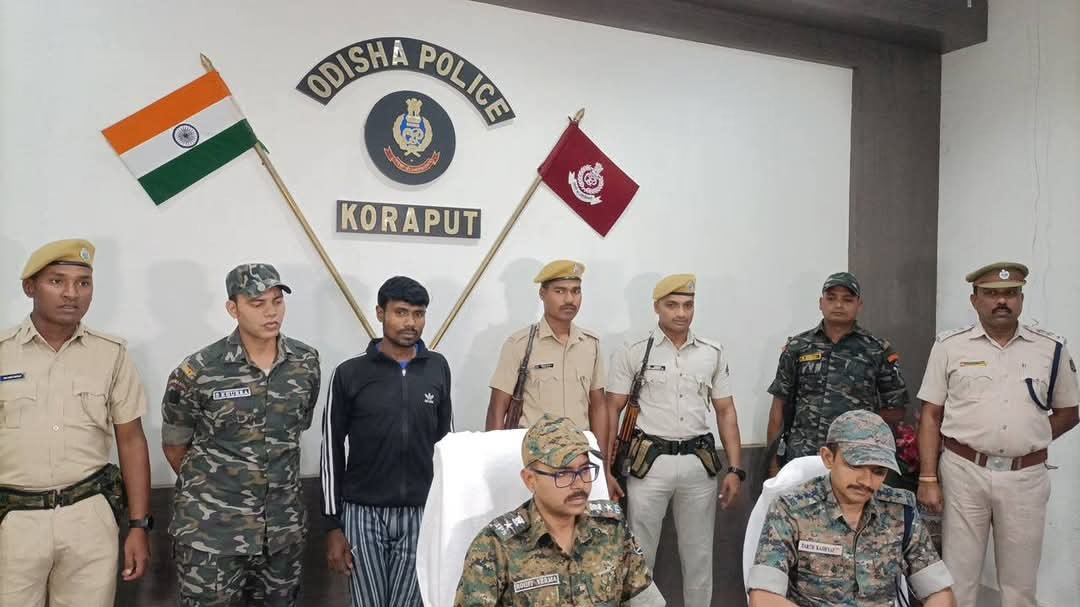Defense Minister Rajnath Singh, addressing naval officers on INS Vikrant, remarked that your strength has halted the enemy before they even began. I would like to tell you to never let down your guard. What has happened so far was just a warm-up. If Pakistan dares again, this time, the Navy will rise, and only fate will tell what will happen.
He added that 1971 stands as evidence when the Indian Navy took action, Pakistan split into two. Had Operation Sindhur seen the Indian Navy in full form, perhaps Pakistan might have shattered into four pieces.

Source: aajtak
Operation Sindhur Explained
Operation Sindhur was a unified mission by India’s armed forces, conducted from the night of May 6-7, 2025, from 1:05 to 1:30 AM. It was in response to the Pahalgam attack orchestrated by terror groups like Lashkar-e-Taiba (LeT) and Jaish-e-Mohammed (JeM).
India struck nine militant bases, with four in the Punjab province of Pakistan and five in Pakistan-occupied Kashmir (PoK). The targeted bases were centers for training, weaponry, and logistical support. India termed the operation as "precise, restrained, and unprovocative," meaning attacks were strictly on terror zones, not on the Pakistani military or civilian areas.
Read More:
The Role of the Indian Navy
During Operation Sindhur, the Indian Navy showcased its might in the Arabian Sea. Immediately following the Pahalgam attack, the Navy deployed a formidable task force led by INS Vikrant, which included destroyers, frigates, submarines, and aircraft. This maneuver secured a position south of Karachi, restricting Pakistani naval movements.
Vice Admiral A.N. Pramod, the deputy chief of the Navy, stated that within 96 hours post-attack, extensive weapons testing was carried out in the Arabian Sea. Our deployment kept the Pakistani Navy at bay. The Navy utilized surface-to-surface and air-to-surface missiles and torpedoes, proving their combat readiness.

Source: aajtak
Naval Strategy During Operation Sindhur
The Indian Navy adopted a "non-contact warfare" strategy for Operation Sindhur. This involved leveraging long-range weapons and strategically positioning ships without crossing borders to exert pressure on enemy forces. INS Vikrant, equipped with 15 MiG-29K fighter jets, positioned itself near Karachi in the Arabian Sea. Conducting missile and torpedo drills kept the Pakistani Navy confined within ports.
Targets of the Strikes
Markaz Subhan Allah, Bahawalpur (JeM): Headquarters of Jaish.
Markaz Taiba, Muridke (LeT): A sprawling 200-acre training center.
Markaz Abbas, Kotli (JeM): A center for training suicide attackers.
Sayyidna Bilal and Shawai Nala, Muzaffarabad (JeM, LeT): Used for infiltration.
Markaz Ahle Hadith, Barnala (LeT): A logistics hub.
Mahmoodna Jia, Sialkot (JeM): Weapons training center.
Markaz Raheel Shahid, Kotli (JeM): Terrorist training ground.
Sargal Facility, Tahlia Kalan (JeM): Infiltration hub.
Over 100 terrorists were eliminated in these strikes, including prominent figures like Abu Akasha from LeT and Mohammad Yusuf Azhar from JeM.
Read More:
Weapons Used in Operation Sindhur
Indian forces deployed state-of-the-art and precise weaponry during Operation Sindhur. Though the Navy did not participate in direct assaults, its positioning and weapon demonstrations were intimidating to the enemy. Here’s a list of the principal weapons employed:
SCALP (Storm Shadow) Cruise Missiles...
A long-range air-to-ground missile used by the Indian Air Force’s Rafale jets, capable of evading radar thanks to stealth technology, and is efficient in destroying bunkers and robust bases with a 250 km range.

Source: aajtak
HAMMER (Highly Agile Modular Munition Extended Range)...
This French-made precision bomb, launched from Rafale jets, operates effectively in all weather conditions with a range of up to 70 km. It was utilized for exact targeting of terrorist bases.
Brahmos Cruise Missiles...
Developed by India and Russia, this supersonic missile has a range of 300-500 km and can be launched from Rafale jets and naval ships. It played a crucial role in annihilating terrorist bases.
SkyStriker Loitering Munitions (Kamikaze Drones)...
A drone produced by India and Israel that loiters over targets to strike at an optimal time, carrying 10 kg of explosives, effectively destroying terrorist bases in PoK and Punjab.
Read More:
IAI Harop Drone...
An Israeli-made loitering munition with a 200 km range and 9-hour loiter capability, capable of dismantling radar and air defense systems. It was deployed to undermine Pakistani air defenses.
Akash Missile System...
Developed indigenously by DRDO, this surface-to-air missile system was used to intercept Pakistani drones and missiles, proving effective in thwarting drone attacks.
L/70 and Shilka Gun...
The L/70, an advanced artillery with radar and auto-tracking systems, and Shilka, equipped with four 23 mm guns capable of neutralizing targets up to 20 km away, were employed to eliminate Pakistani drones.




